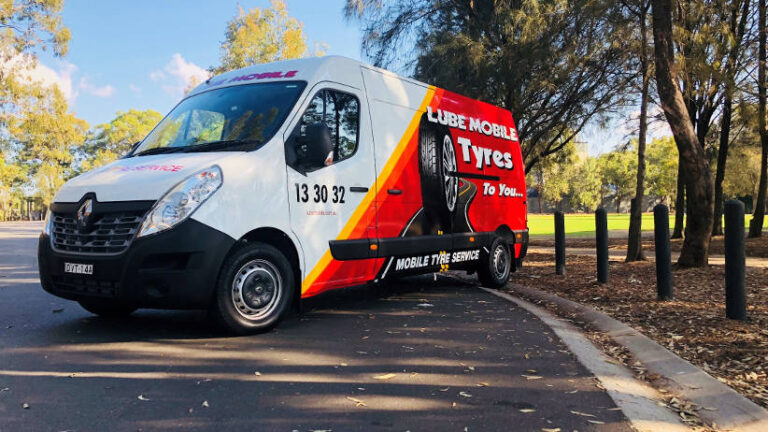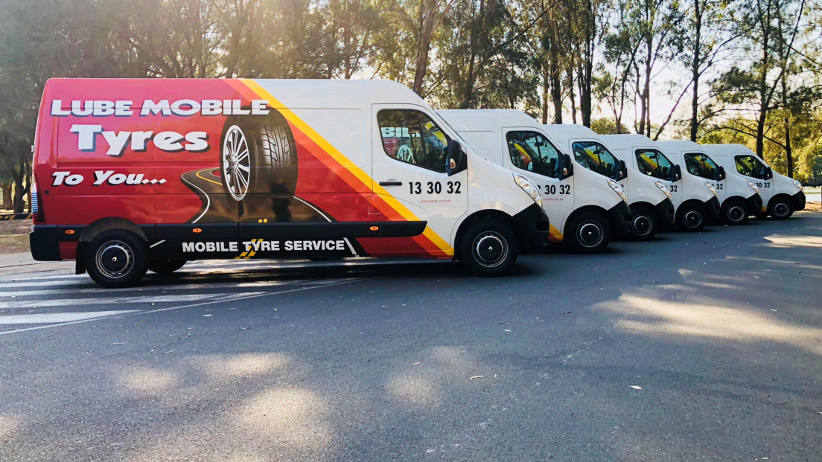– By Paul Oliver –
I am sure if you ask any CFO whether their company vehicles are a Profit Centre or a Cost Centre there would be a unanimous response of “Cost Centre”!
Indeed, some would probably wonder whether there is genuinely a Part B to this multiple-choice question.
We all know the costs that accumulate over a vehicles’ life – finance/leasing or buying the vehicle outright, maintenance, depreciation, tyres, fuel, accident damage, tolls, FBT etc.
Generally, whether you’re with a Fleet Management Organisation or self-managing the vehicle fleet, the associated costs are well documented in the accounting system and in larger organisations usually billed back to the Cost Centre that uses the vehicle e.g. Sales, Operations or whatever.
This also tends to be the case with Pool Vehicles, with the department that uses them “footing the bill”, utilising a centralised pool car booking system.
But can fleet vehicles actually be revenue drivers? Can they contribute to sales? The answer is of course that in many cases they can! Where vehicles are branded, they become a mobile billboard for your company and potentially its products.
I am sure we can all remember an instance where we have been sitting at the lights and a branded vehicle pulls up. Many grab our attention with their intricate designs, and we are drawn to read who it represents, what they do etc.
Many of us have probably written down a phone number, thinking they might just be the right guys to fix the shower leak, install some downlights or manage our freight requirements. They’re in my area, they clearly offer a mobile solution – might just give them a call.
The trouble is, how well do companies capture information on where the sales lead came from? We leave it to the Marketing Department to fund the wrapping from the advertising budget but are they able to calculate a Return On Investment (ROI)?
We can certainly measure the results of a Salesperson but what about the silent Salesperson that is the humble fleet vehicle going about its work? I would suggest it is much more likely that the human version will take the credit for generating a lead!
So, is vehicle branding cost effective? In speaking with David Cross (CEO of Liberty Signs), he said “The results of a 3M study some years ago indicated that a wrapped or partially wrapped vehicle could generate approximately $130,000 in advertising value over a 4-year period”.
Now let’s see, if the vehicle wrapping cost say $3,000 hasn’t it paid for itself within 2 months? And If the vehicle cost say $40,000 hasn’t the advertising revenue paid for the vehicle in a little over 12 months and started work on the other in-life costs?
Can advertising be that effective? Well it seems that a vehicle travelling to and from work each day in a capital city can be seen by between 20,000 and 30,000 people! So, assuming average driving rates it appears a wrapped vehicle could receive 6,000,000 views per year!
This is further reinforced by a 2019 survey by The Nielsen Company which showed that “64% of US residents age 16 or older surveyed noticed a wrapped vehicle advertisement in the past month and 44% have noticed one in the past week”. This compared favourably to mobile billboards at 27% and 14% respectively.
Critically, from an advertising cost perspective, wrapped vehicles consistently rank the best (or the lowest) in terms of the advertising industry measurement of Cents Per Thousand Impressions (CPM) against other high profile advertising mediums such as mobile billboards, bus shelters, TV, radio and newspaper/magazine.
How will you be promoting your business?
Paul is the Principal Consultant of Fleet Advisory – see www.fleetadvisory.com.au.
Fleet Advisory provides independent expert advice and consulting services relating to fleet and mobility solutions. Phone 0411 859 173 to speak with Paul.







